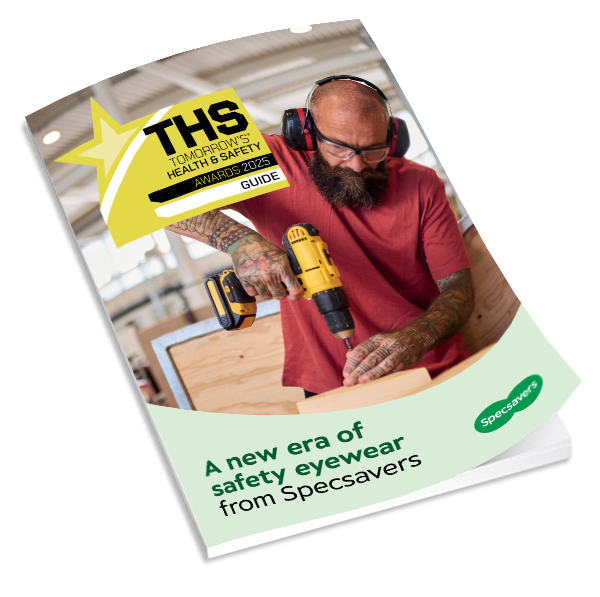Winter hazards can prove a challenge for workplace safety. David Ford, Compliance Lead at CHAS, talks through some factors you might need to consider as part of your winter hazards risk assessment:
Shorter days and darker nights mean high visibility clothing (which falls under thePersonal Protective Equipment at Work Regulations 1992) should be appropriately provided to ensure maximum visibility in dark or low light conditions. Where possible, site signage and portable lighting should also be used to facilitate safer working environments.
Winter driving can be exceptionally hazardous as a result of bad weather and darkness.The AA has plenty of advice for winter driving including journey planning, car preparation and emergency readiness. There are several safer driving courses directed specifically at employees who drive for work.
Outdoor working during the winter can not only have an impact on an employee’s abilities but also on their health. Providing cold stress training will enable workers to recognise the risks of working in colder environments as well as the associated symptoms. Guidelines from the HSE suggest making sure that adequate PPE is appropriate for the conditions and where possible employers should encourage regular rest breaks and provide facilities for warming up.
Indoor working temperatures are covered by The Workplace (Health, Safety and Welfare) Regulations 1992 which states that “during working hours, the temperature in all workplaces inside buildings shall be reasonable”. There is no legal set temperature, but the suggested minimum is 16℃ (13℃, if rigorous physical effort is involved).
Employees who are working from home should be made aware that they can claim tax relief towards their heating.
Slips, trips and falls remain the most common workplace accident, according to RIDDOR and they happen more often during the winter due to excess rainwater, ice, snow and increased darkness. Employers can prevent the risk of slips by spreading salt when snow or ice is forecast, and employees should be encouraged to wear appropriate footwear and report any unsafe areas in their workplace to supervisors.
Cold storage might pose an issue during the winter when low temperatures can impact on the quality and safety of stored chemicals. Be aware of manufacturer recommendations for optimum storage temperatures to avoid any hazardous situations such as leaks which could endanger people in the vicinity or lead to damage to the environment.
www.chas.co.uk






















